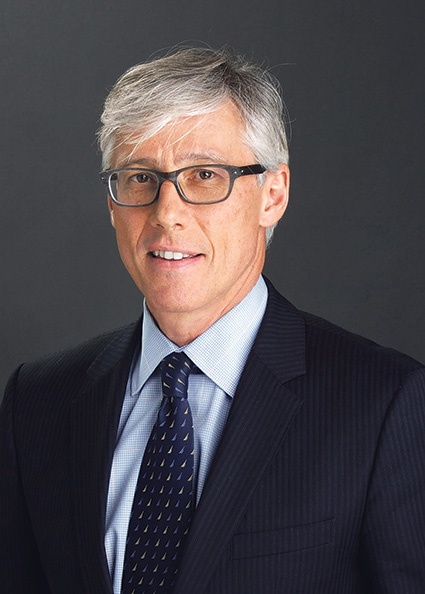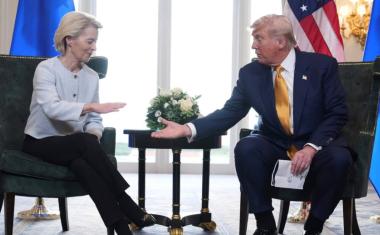Sanofi Launches new Long-term Strategy

French drugmaker Sanofi has announced a new long-term strategy focused on four pillars including a reshaping of its portfolio, new drug launches, innovation in R&D and a simplification of its corporate organization. CEO Olivier Brandicourt, who took over the top job in April following the dismissal of former CEO Chris Viehbacher, said Sanofi will “sustain its leadership” in diabetes and cardiovascular disease, vaccines, rare diseases and emerging markets while strengthening its pipeline in insulin. The pharmaceutical producer also intends to build up “competitive positions” in multiple sclerosis, oncology, immunology and consumer healthcare.
Animal healthcare and the European generics markets no longer will be a focus for Sanofi. Brandicourt said the company would “explore strategic options” in particular for its animal health subsidiary Merial, which he said has “successfully returned to growth” and is profitable. As regards the generics market, where synergies with other parts of the Sanofi portfolio are limited and market complexity increasing, the CEO said all options are being considered, including retention of the business.
To drive growth over the next five years, the drugmaker plans to launch up to 18 new products by 2020. The list includes diabetes drugs Toujeo and Praluent, the vaccine Dengvaxia and immunological treatments for rheumatoid arthritis including sarilumab LixiLan and dupilumab. Brandicourt said he believes the products could generate aggregate peak sales of €12-14 billion by 2025.
On the R&D front, Sanofi plans to continue strengthening its pipeline and will evolve its research model based on project teams in alignment with the new global business units (GBUs) as well as fostering existing collaborations and increasing capacity for external innovation. As the French group streamlines its organizational structure, the move to five GBUs will be implemented from the beginning of 2016 – following consultations with the workforce. Additionally, said Brandicourt, Sanofi intends to “reshape its plant network to match business evolution with increased emphasis on the growing biologics portfolio.”
Simplifying the organization and achieving a “more focused portfolio” is expected to allow cost savings of €1.5 billion by 2018, which the chief executive said “will largely be reinvested to support growth initiatives.” By 2018, the group gross margin and SG&A ratio at to sales at constant exchange rates (CER) are planned to return to the 2015 level. The R&D ratio to sales is expected to rise slightly up to 2018; by 2020 Sanofi plans to lift total annual R&D spending to €6 billion at CER while maintaining financial discipline.
For the present, the group’s financial position remains under pressure. Brandicourt warned investors last week not to expect any "meaningful" profit growth for the next two years, leading Sanofi’s share price to drop by around 6%. In an interview with the British newspaper Financial Times, the Sanofi chief said management remains “strongly committed” to reviving the group’s diabetes business, which has suffered of late, but stressed that he is also looking for alternative sources of growth.
Speaking to the newspaper, Brandicourt also acknowledged that Sanofi had “made a series of missteps” that had left it absent from the increasingly important immuno-oncology field, which is currently led by Merck and Bristol-Myers Squibb of the US, along with Switzerland’s Roche and Anglo-Swedish drugmaker AstraZeneca.
















